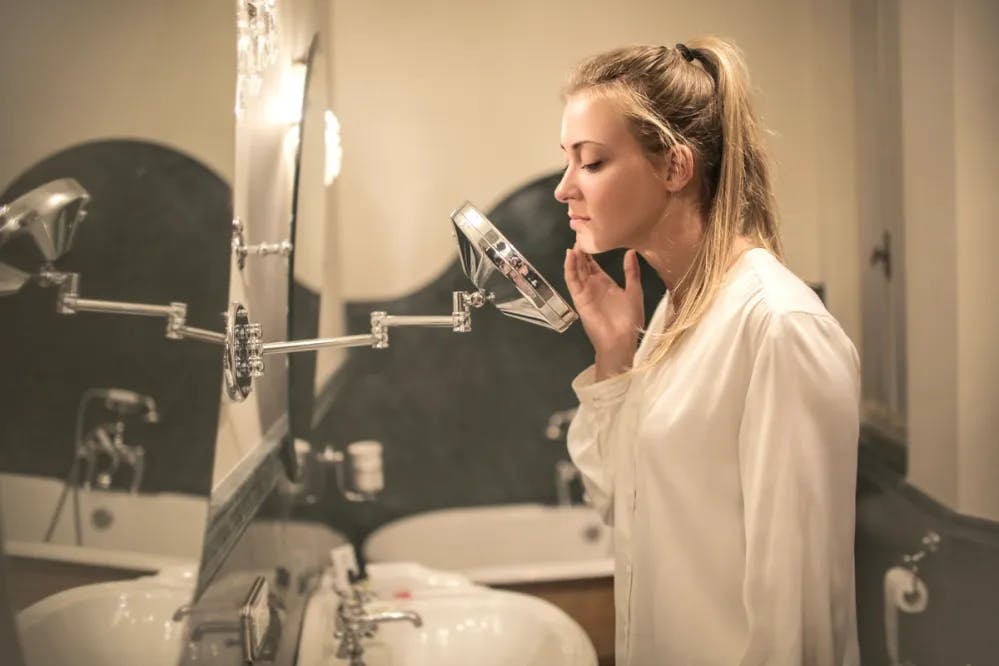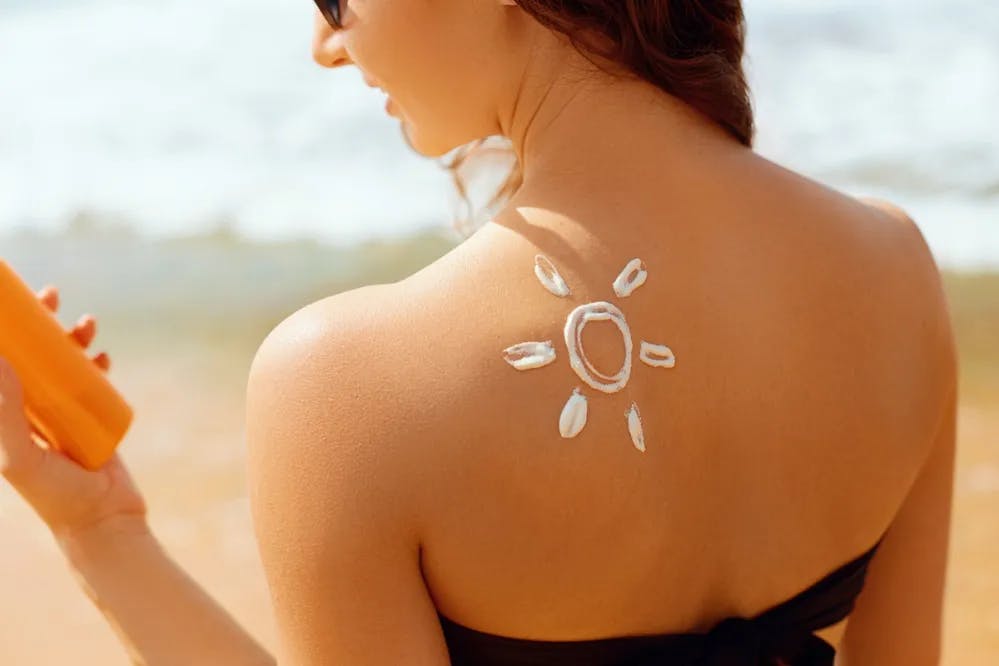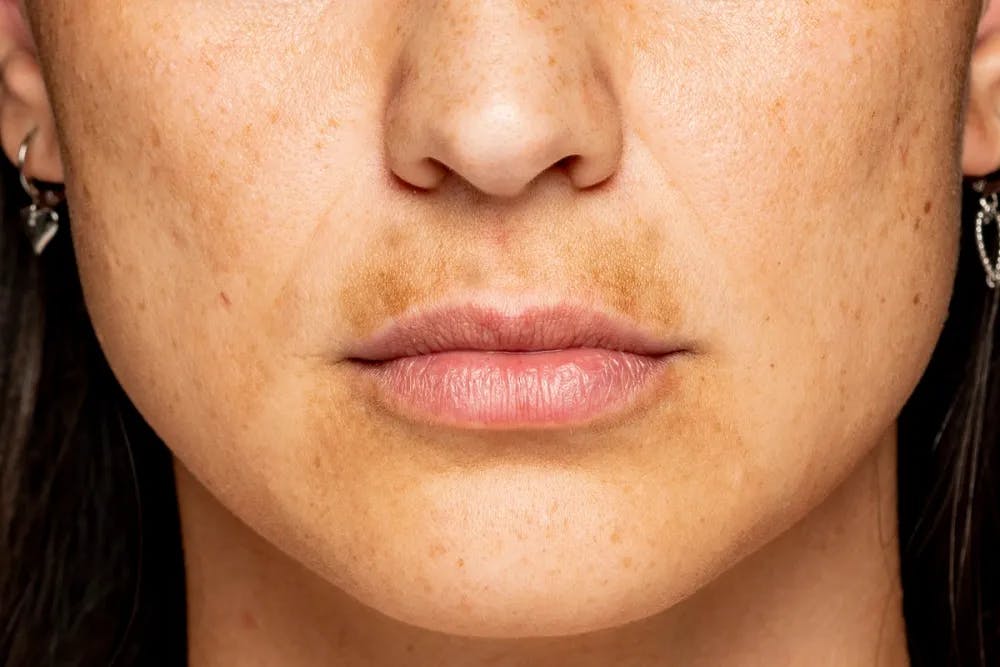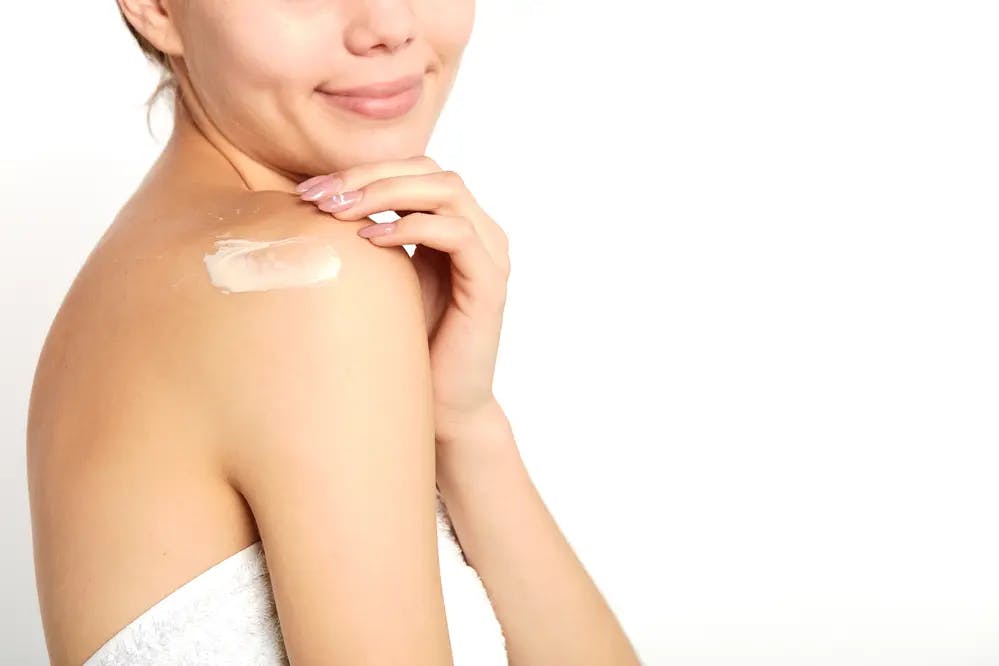Retinoid vs. Retinol vs. Tretinoin
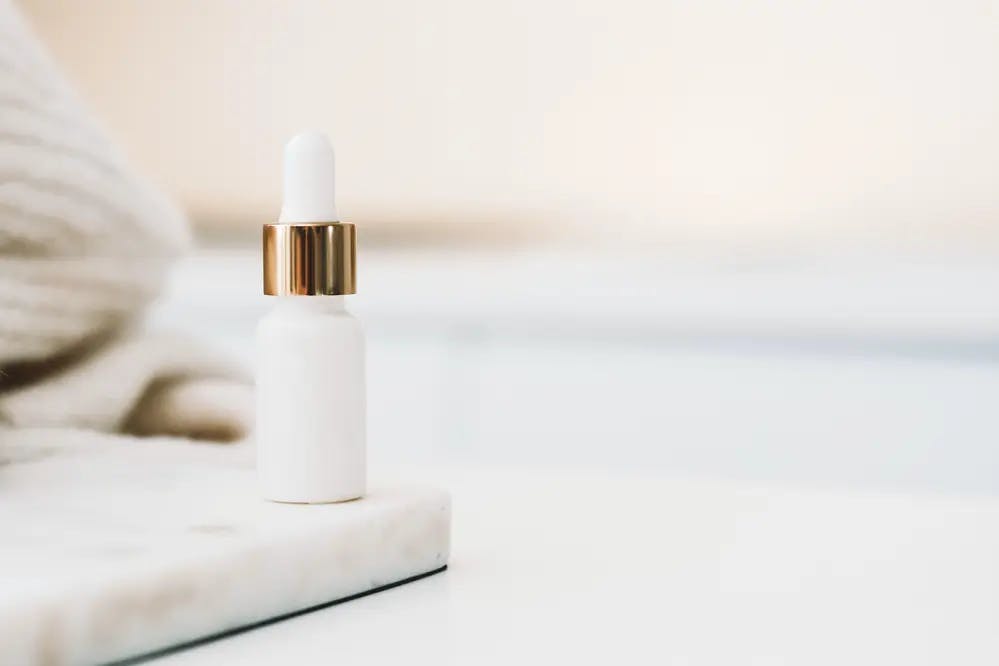
Table of Contents:
- What are Retinoids?
- Retinol vs Retinoid: What’s the Difference, Then?
- What Are Retinoids Used For?
- Who Should Use Retinoids?
- Choosing the Right Retinoid Option
- How To Use Retinoids
- Are there any Side Effects to Retinoids?
- Are There Any Products That Should or Should Not Be Used With Retinoids?
- Conclusion
Retinoids are compounds that can help your skin look thicker and smoother. You can use retinoids topically to clear some skin aging signs, but it’s important to know the different subtypes of products and how they help with certain conditions.
This article will cover the difference between retinoid, retinol, and tretinoin and explain their different uses. We’ll also go through some common side effects and give you a few tips to choose the perfect retinoid for your skincare routine.
What are Retinoids?
Retinoids are a class of chemicals related to or derived from Vitamin A.1 These organic compounds offer several benefits for your skin, as they can unclog pores, reduce inflammation, and decrease the appearance of wrinkles. In some cases, they can also treat certain skin conditions like acne, pigmentary disorders, and psoriasis.2
So, what’s the difference between retinoid, retinol, and tretinoin? Let’s see:
- Retinoids are a large class of compounds all derived from vitamin A; basically, a group of medications.
- Retinol is one specific compound of this family usually found in over-the-counter skin care products.
- Tretinoin is an all-trans retinoic acid, which is one specific isomer of retinoic acid.
Retinol vs Retinoid: What’s the Difference, Then?
Retinoids are all vitamin-A-derived products. However, retinol is one specific subtype of retinoid. So, is tretinoin a retinoid? Yes! Tretinoin is a potent prescription-strength retinoid that uses retinoic acid. But there are many other types, all living under the same umbrella; for example:
- Isotretinoin (a 13-cis-retinoic acid)
- Tazarotene and adapalene (topical retinoids)
- Retinaldehyde (the precursor of retinoic acid, also known as ‘retinal’)
- Bakuchiol (a meroterpene)
- Retinyl esters (like retinyl palmitate, an ester of retinol and palmitic acid)
According to the FDA, you cannot buy isotretinoin over the counter. In the US, tazarotene is available only with a doctor’s prescription. Adapalene is available over the counter, however, is still a prescription outside of the US. You can buy retinaldehyde, bakuchiol, and retinyl palmitate over the counter as well.
What Are Retinoids Used For?
Retinoids (Tretinoin in particular) have been extensively studied for their beneficial impact on skin quality. They are frequently used to treat signs of photoaging, such as wrinkles and lines.3,4
The way retinoids work is by regulating skin turnover and stimulating the production of collagen. These chemicals can also enhance the blood flow to the skin's surface, resulting in reduced pores and a pinkish healthy appearance.
When you use retinoids, your skin typically becomes visibly smoother and thicker. Repeated application over time can make fine wrinkles disappear and clear the facial skin from dark blemishes or age spots.5,6

Who Should Use Retinoids?
If you have clear aging signs caused by excessive exposure to solar radiation, you might be advised to use retinoids topically. Many people with chronic aging are also prescribed retinol treatments, as so do those with acne, dark spots, and skin texture issues (such as psoriasis and scaly skin disorders). You can find this compound in liquids, gels, and creams, all of which are usually sold over the counter.
Choosing the Right Retinoid Option
Before you can determine which retinoid product is best for you (for example, retinol or tretinoin), you should first identify your skin type and condition.
Before using retinoids, a physician or dermatologist should be consulted to examine the skin condition, and the dosage level applied topically.
How To Use Retinoids
Retinoids have a lot of uses for both dermatology treatments and cosmetics. For instance, because they are great at unclogging pores, they are a very common treatment option for acne. Other uses we have already mentioned include skin aging, pigment conditions, and even some types of cancer like Kaposi’s sarcoma and cutaneous T-cell lymphoma.
When using retinoids, you should always follow the instructions as specified in your medication. If you have been prescribed retinoids, your doctor should also explain how best to use the products.
Most retinoids require you to apply a thin layer of lotion or cream once per day (typically in the evening, so you can avoid sun exposure). The steps are pretty straightforward:
- Apply a pea-sized dose.
- Rub the retinoid into your skin to form a thin layer.
- Wash off the medication after 30 to 60 minutes.
- Follow up with a gentle moisturizer.
Additionally, if you’re a beginner, you can use short contact therapy or wash off the product after 30 minutes to decrease irritation. You can also layer the moisturizer first, so it can act as a barrier before putting the retinoid on.
Only use the prescribed amount and only use the retinoid for the recommended duration.
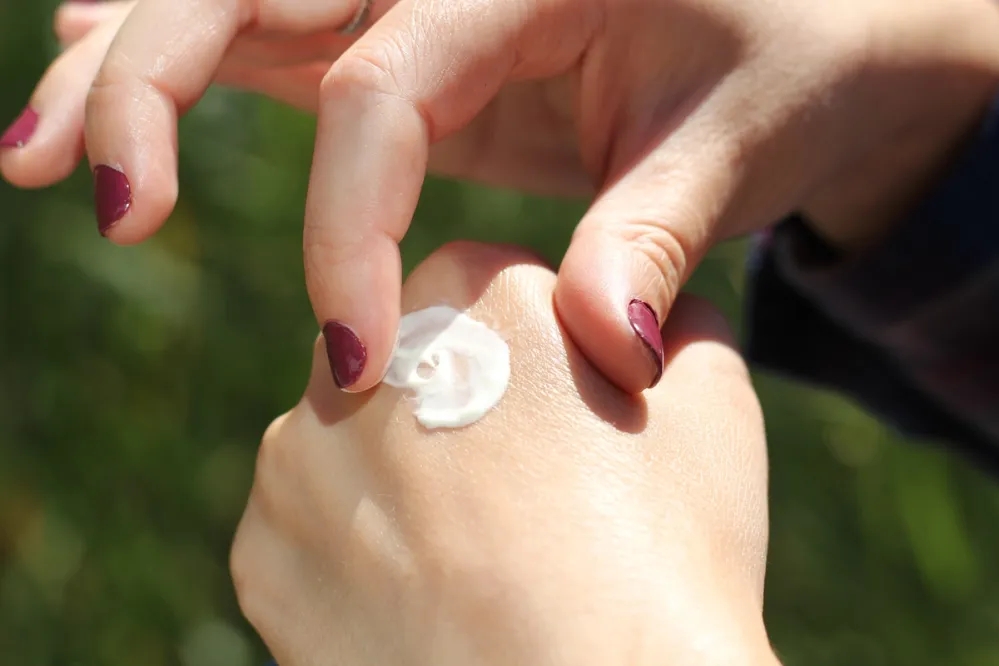
Are there any Side Effects to Retinoids?
While retinoids can help treat multiple conditions, as happens with any medication, they can also cause side effects. You should always be careful when using them, as they can irritate your skin (particularly if you have allergies or are very sensitive).
One of the most commonly observed side effects of retinoids is dryness. This generally happens in the first two to three weeks of usage because these compounds reduce skin thickness - something that causes water loss from the epidermis and can lead to dryness and scaling. In rare cases, retinoids can also cause acne and eczema flare-ups, skin discoloration, and swelling.
Another side effect is Skin Purging. As your skin goes through cellular turnover, it brings forth dead skin cells from below to reveal blackheads, whiteheads at first. This isn’t limited to retinoids as other exfoliating ingredients have the same effect. Although it’s uncomfortable, it only lasts for a few weeks to reveal beautiful skin!
One way to prevent this is to build a skin barrier. We recommend La Roche Posay - Cicaplast Baume, a soothing balm clinically proven to repair damaged or irritated skin. This product’s formula leaves a thin invisible layer on your skin that acts as a barrier. You can use it on your face and/or body and it’s safe for babies, too. Another excellent alternative is ETUDE HOUSE - Soon Jung 2x Barrier Intensive Cream, a thick moisturizer to use at night if you’re prone to dryness and irritation, it also aids to maintain the skin’s moisture barrier.
Continuing with the application can eventually improve skin thickness and overcome the dryness problem. In case of severe redness, or itchiness, you should always consult a physician.
Are There Any Products That Should or Should Not Be Used With Retinoids?
You can safely combine retinoids with the following skincare products:
- Niacinamide and retinol: Niacinamide is an anti-inflammatory form of vitamin B3 that can help repair and hydrate your skin. Niacinamide and retinol work very well together.
- Vitamin C and retinol: Vitamin C can also be used alongside retinol to reduce blemishes and combat pigmentation. Plus, vitamin C is an excellent antioxidant that can protect your skin from UVB, UVA, and blue light. However, it’s important to not use these two products at the same time. It’s better to apply Vitamin C in the morning, and retinol at night.
- Peptides and retinol: Peptides can increase key components of the skin such as collagen and hyaluronic acid (they both work through different mechanisms of action), so they can use them together with retinol as part of your skincare routine.
To avoid complications, it's best not to combine certain products with retinoids. Retinoids should not be used with other topical exfoliating actives (such as Hydroxy Acids and Benzoyl Peroxide) and should be applied simultaneously. However, the two products can be used separately, too. You can also apply AHA or BHA products, but you should wait 30 minutes after the first to allow your skin’s pH to return to normal. Then, apply the retinol product as usual.
Retinoids should also be avoided during pregnancy. Oral intake of retinoids can actually cause birth defects, and although topical application follows a different course of mechanism, they should still be avoided to minimize any detrimental effects.
Lastly, consumers using retinoids should avoid mixing them with other medications (ask your physician prior to undertaking them), as well as exposure to the sun - the reason why it’s best to use them at night - and avoid physical contact with the mouth area or eyes.
Conclusion
Retinoids, a class of compounds derived from vitamin A, are commonly used to improve skin quality and make it look thick and smooth. Retinol and tretinoin, in particular, are included in several products used to improve the appearance of wrinkles and fine lines, darken light spots, reduce pores, and deal with the signs caused by exposure to solar radiation.
If you have been prescribed retinoids (for example, retinol or tretinoin) to treat skin conditions or you’re just interested in giving them a try to improve your skin’s health, you should consider both the benefits of these products as well as their side effects. It’s also important to keep in mind any relevant interactions with other substances and medications.
If in doubt, don’t hesitate to contact a physician or dermatologist to help you examine your skin condition and choose the correct dosage level.
Do you want to talk about retinoids and more skincare topics like this? Join our community!
References
- Avi Shai, H. I. M., and Robert Baran, Retinoic acid In Handbook of cosmetic skin care, SHAI, A., Ed. 2015.
- Kolli, S. S.; Pecone, D.; Pona, A.; Cline, A.; Feldman, S. R., Topical retinoids in acne vulgaris: a systematic review. American journal of clinical dermatology 2019, 20, 345-365.
- Mellody, K. T.; Bradley, E. J.; Mambwe, B.; Cotterell, L. F.; Kiss, O.; Halai, P.; Loftus, Z.; Bell, M.; Griffiths, T. W.; Griffiths, C. E., Multifaceted amelioration of cutaneous photoageing by (0.3%) retinol. Inter. J. of Cosmet. Sci 2022, 44 (6), 625-635.
- DiGiovanna, J. J.; Mauro, T.; Milstone, L. M.; Schmuth, M.; Toro, J. R., Systemic retinoids in the management of ichthyoses and related skin types. Dermatologic therapy 2013, 26 (1), 26-38.
- Shao, Y.; He, T.; Fisher, G. J.; Voorhees, J. J.; Quan, T., Molecular basis of retinol anti‐ageing properties in naturally aged human skin in vivo. Inter. J. of Cosmet. Sci 2017, 39 (1), 56-65.
- Darlenski, R.; Surber, C.; Fluhr, J., Topical retinoids in the management of photodamaged skin: from theory to evidence‐based practical approach. British Journal of Dermatology 2010, 163 (6), 1157-1165.
